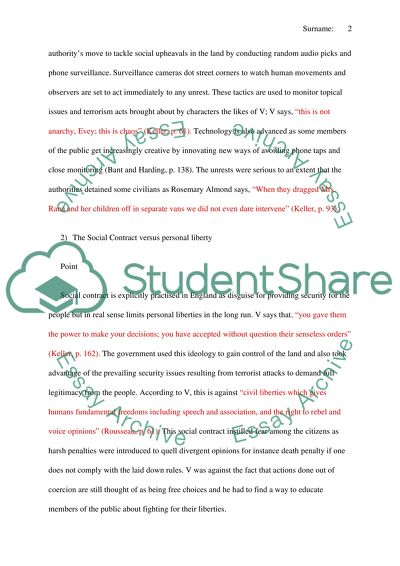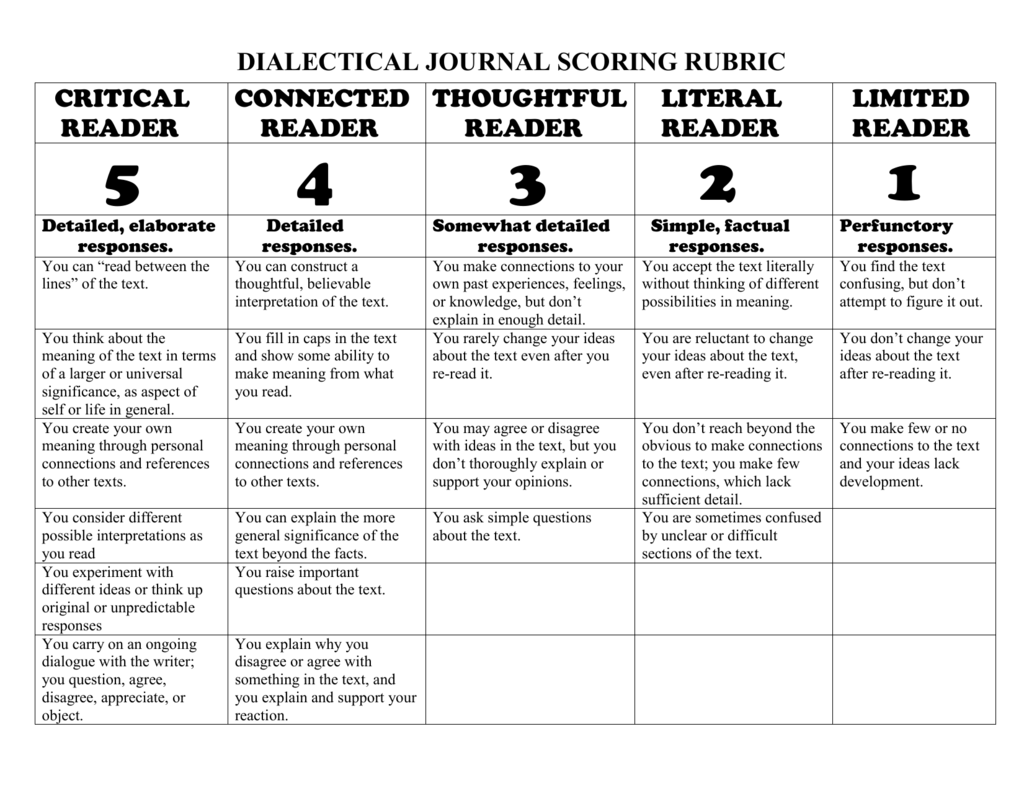

Initial, surface analysis: what are the ideas and values being presented? (Give quotes to illustrate and support your interpretation.)ĭeeper analysis: what are the issues involved, their basis, their support, and their implications? The main thing to avoid is too-easy acceptance and too-easy dismissal. It does not matter what your final conclusion is, as long as you show good dialectical analysis in getting there. The goal of dialectical analysis is to go beyond a summary to probe the ideas and values, their significance, and their limitations. Summary: DIALECTICAL ANALYSIS: Summary: DIALECTICAL ANALYSIS A way to go deep.ĭialectical analysis is a principal way to probe a thinker. You can conclude that some combination of both sides actually does a better job of explaining things than either of the two you began with. You can conclude that the other side is better and change your mind or, You can conclude that your position is basically correct

In the conclusion of a "both-sides" essay you can do three basic things: Paragraph 6: This is your concluding paragraph in which you examine both sets of reasons and then explain why you reached the conclusion(s) that you did. (To be fair it is important that you give all the reasons there are and write this side as if you believe it.) Paragraph 5: Here you outline logically all the reasons supporting that position. Paragraph 4: This is the "other-side" position on the issue you are discussing in this essay. Paragraph 3: This paragraph is the "same-side" argument which outlines logically all the reasons supporting the position you are taking. Paragraph 2: Here you explain the position you are going to take on an issue. Paragraph 1: This is an introduction explaining briefly to your reader what the essay is about. How an essay would look if you used the system of dialectical thinking to handle an issue: : How an essay would look if you used the system of dialectical thinking to handle an issue: Writing A "Both Sides" Essay
DIALECTIC ESSAY HOW TO
If you're lucky maybe you can figure out how to get both things at the same time, or maybe you can find a way to get as much as possible while giving up as little as possible.

This is the crunch part of the dialectic where you compare each view and its supporting reasons and try to decide which is better.įinally you make up your mind. The second view like the first view also needs to be checked out to see if it is any good. We had better check it out to see whether our point of view is any good.ĭialectical thinking means that we cannot ignore or pretend that other ways of doing things do not exist because they do and they might be better than we first thought. What you are actually doing when you think this way: : What you are actually doing when you think this way: It is Like: Having an Argument with Yourselfĭialectical thinking begins by understanding that most situations are complicated and often you want two opposite things at the same time.Įveryone has a point of view that may be right or wrong.

What is the best choice I can make under these circumstances?įinally you might end up saying something like this: A looks really great, and I wish I could do it, but I think I'm going to go with B, or vice versa What will happen if I do one and not the other? Is there some way I can arrange to do both?ĭo I know for sure that one is as good as the other? What are you going to do? This is where you need to do some hard thinking (scheming?): How much you deserve B too because you have worked so hard and, You become very interested in this new thing let's call it B.Īll the different reasons why you should do B Then it hits you that maybe A wouldn't be such a good idea after all. Independent learning: Ļecoming aware of your own thinking - 2: Independent learning: Becoming aware of your own thinking - 2 Suddenly something else comes along that you could do at the same time with the same money.


 0 kommentar(er)
0 kommentar(er)
